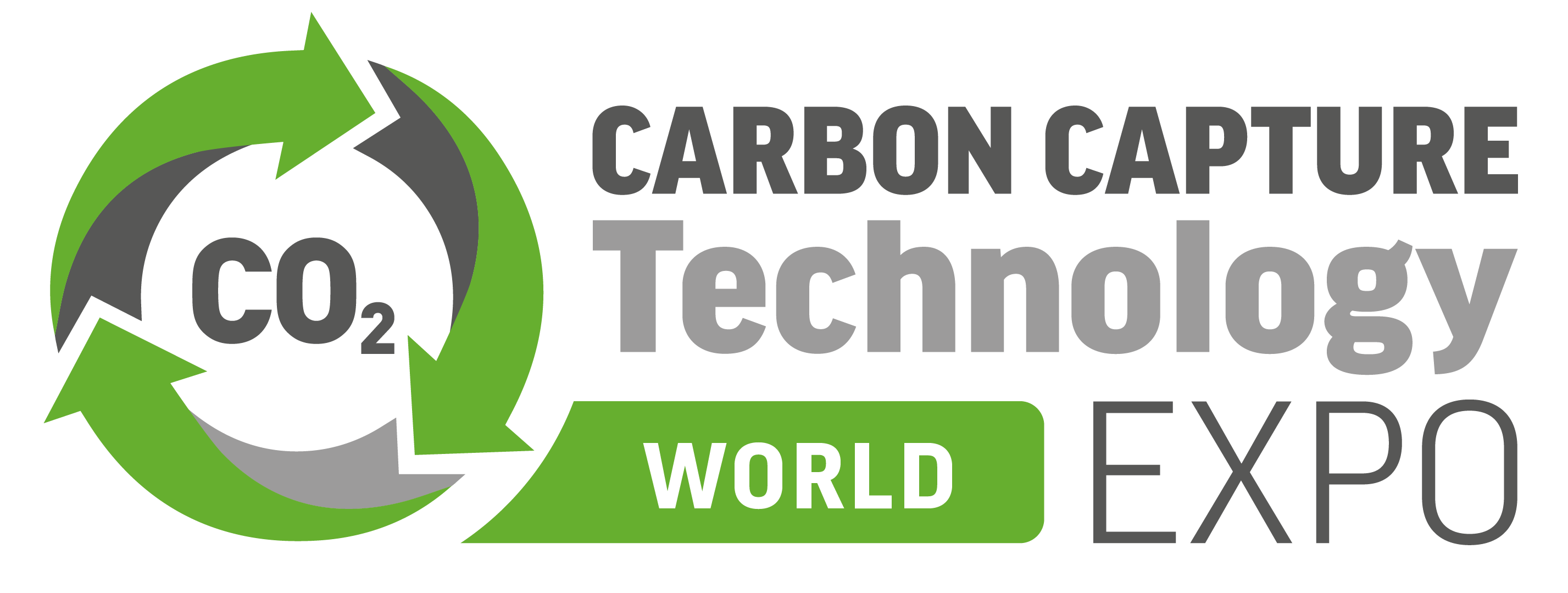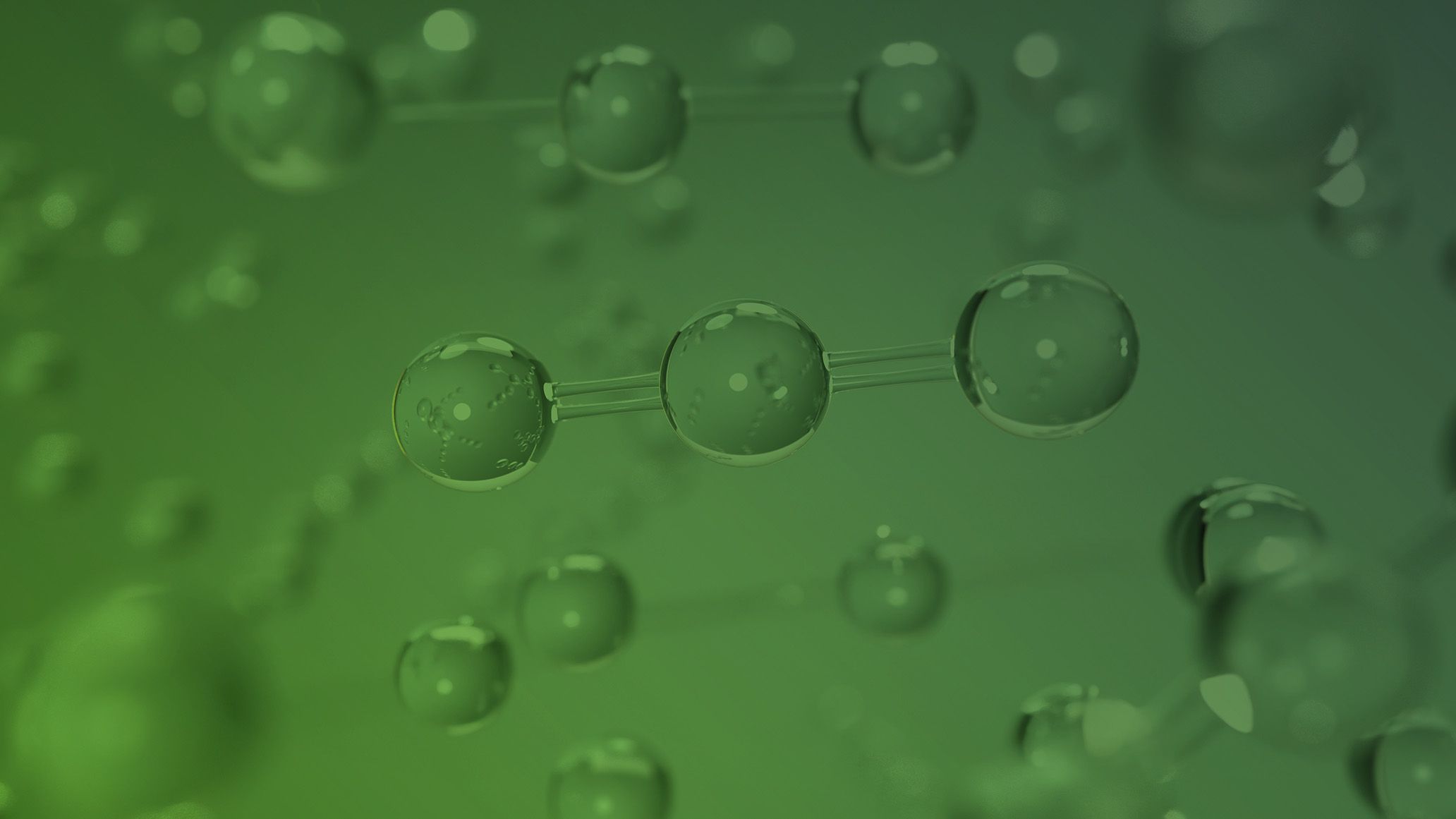In Finland biodegradable plastic has been produced from CO2
)
Fortum Recycling & Waste has found a way to utilise the carbon dioxide emissions produced from the waste incineration plant in Riihimäki. The company has made a breakthrough in being able to transform the CO2 emissions into biodegradable plastic.
It was in 2022 when Fortum Recycling & Waste’s Carbon2x program launched carbon capture and utilisation. This program was set up with the overall aim of capturing carbon dioxide emissions from the incineration of non-recyclable waste and then using the captured emissions to create sustainable products, one of these being biodegradable plastic.
A huge benefit of biodegradable CO2-based plastic, is that it can be recycled in the same way as many other plastics, consequently closing the carbon cycle. Another benefit of creating biodegradable plastic is that, in the instance that the material does end up in nature, it would be able to decompose and therefore it would not pose the threat of leaving harmful microplastics throughout the environment.
Head of the Carbon2x program, Tony Rehn, has stated that, ‘the production of CO2-based plastic provides a new, sustainable raw material for the plastics industry. I am very proud that our team is the first in the world to successfully produce biodegradable plastic entirely from carbon dioxide emissions. This breakthrough is a significant step towards more sustainable plastic production. This kind of development work helps to reduce dependence on fossil-based raw materials and can create new circular economy-based business. Captured carbon dioxide should be utilized as a new raw material instead of storing it underground or releasing it into the atmosphere when using fuel. Utilizing captured CO2 is a much more sustainable option in terms of tackling resource scarcity in the future. Whereas carbon capture and storage is a linear solution that does not address the growing material shortage, carbon capture and utilization promotes circular economy.’
Rehn also mentioned that, ‘the wider implementation of the Carbon2x program's innovation would mean that up to 90% of the CO2 emissions released into the atmosphere from waste incineration could be captured and bound into products,’ Rehn continued, saying that, ‘new sustainable solutions are needed for plastic production to complement recycled and bio-based plastics. Biodegradable, CO2-based plastic offers a significant alternative to the market because it has the same qualitative properties as traditional, fossil-based virgin plastics.’
Finally, Rehn said that, ‘the Carbon2x program's innovation is hoped to provide solutions not only for material production for food and cosmetics packaging, but also for other sectors such as toys and home electronics.’




)
)
)
)
)
)
)
)
)
)
)
)
)
)
)
)
)
)
)
)
)
)
)
)
)
)
)
)
)
)
)
)
)
)

)
)

)
)
)
)
)
)
)
)
)
)
)


)
)
)
)
)

)
)

)

)
)
)
)
)
)
)
)
)


)
)
)

